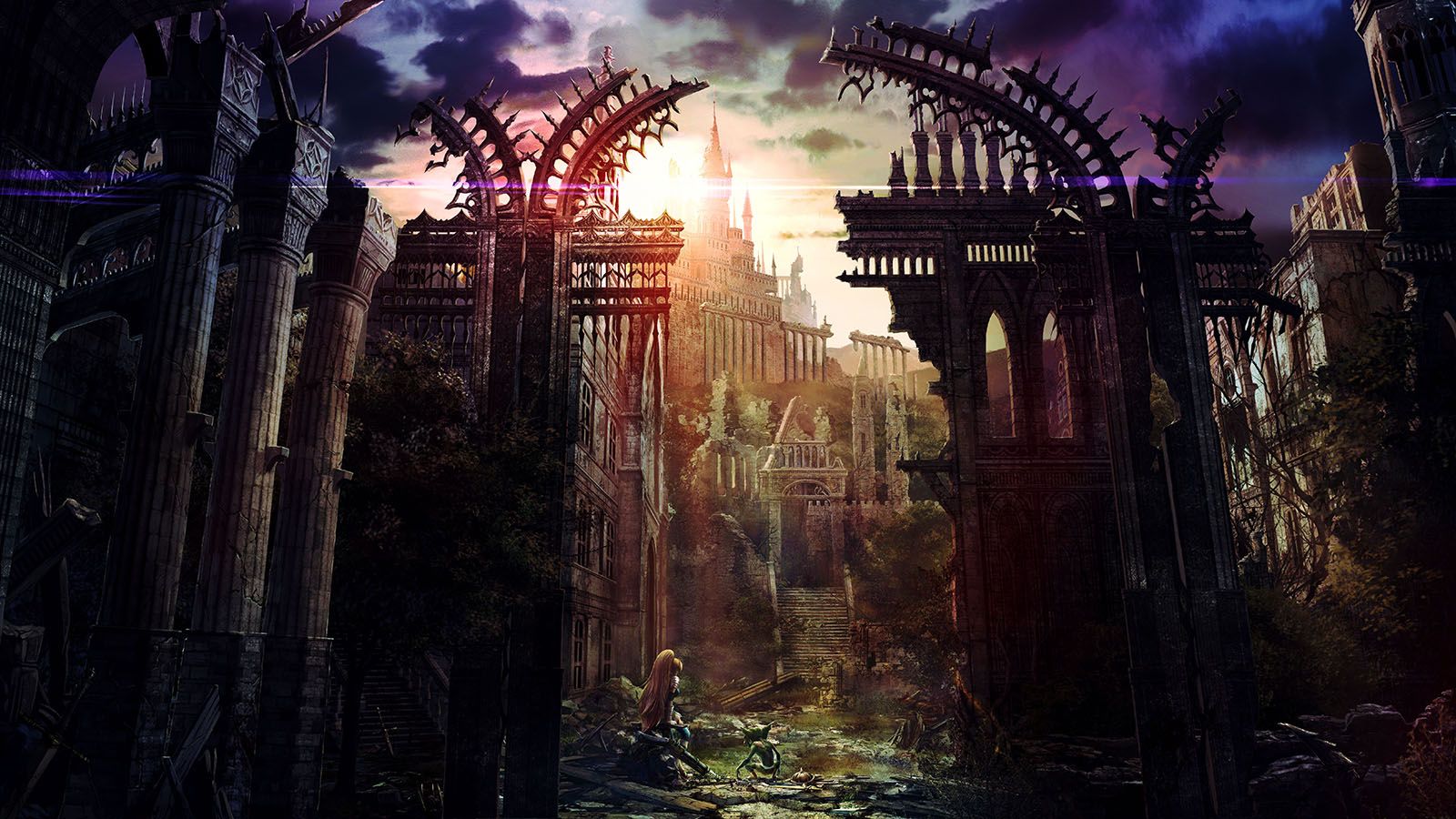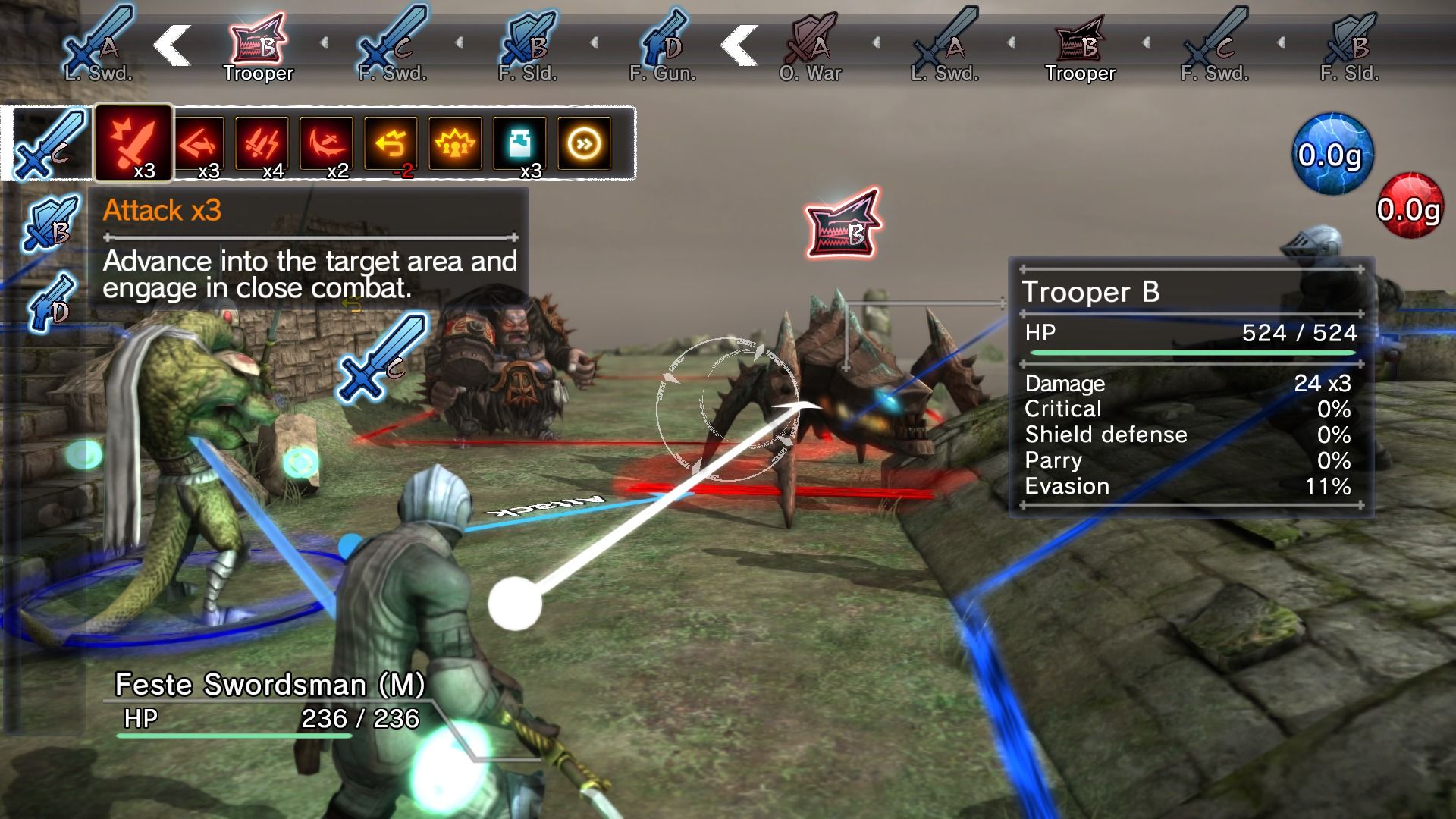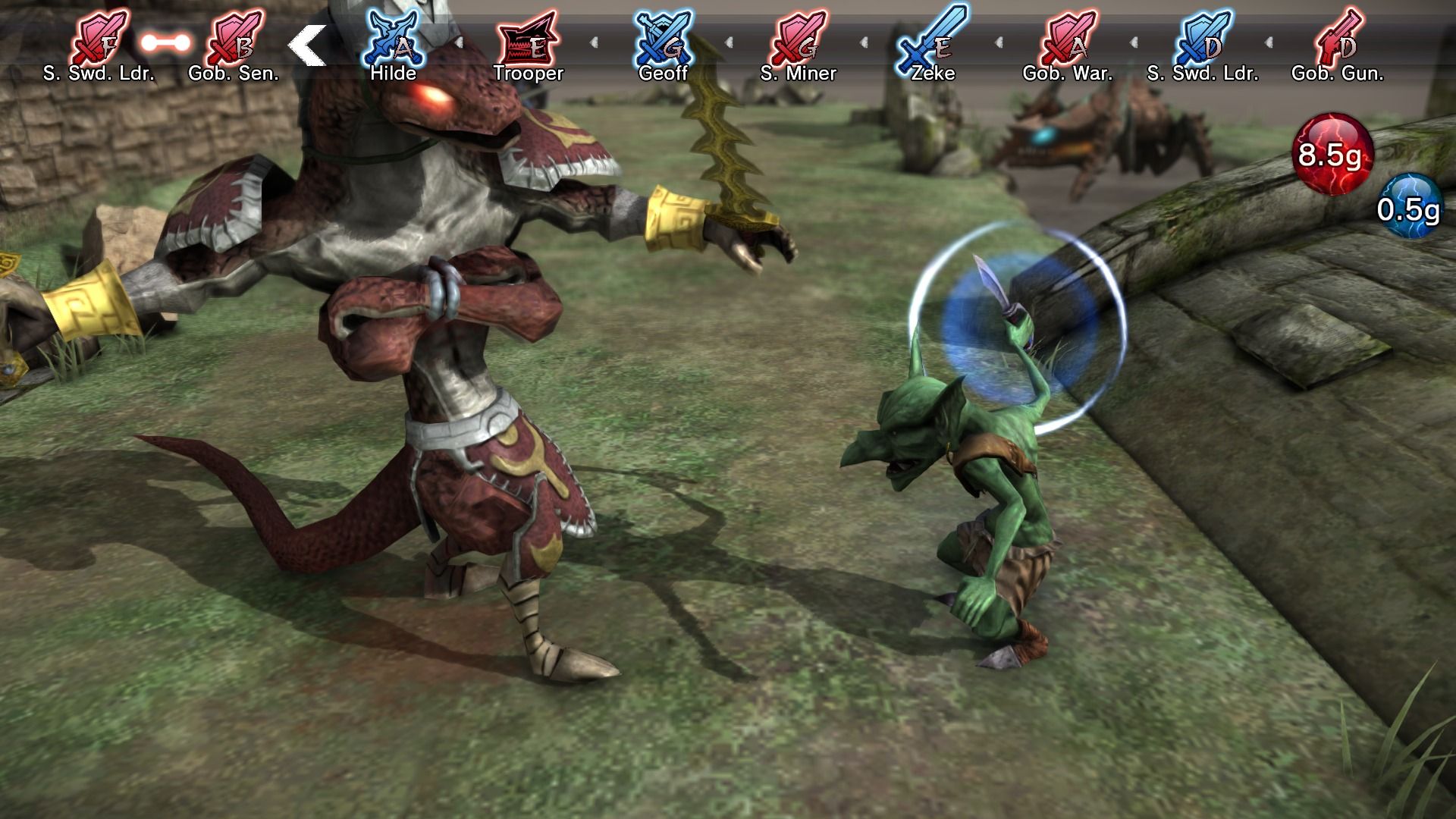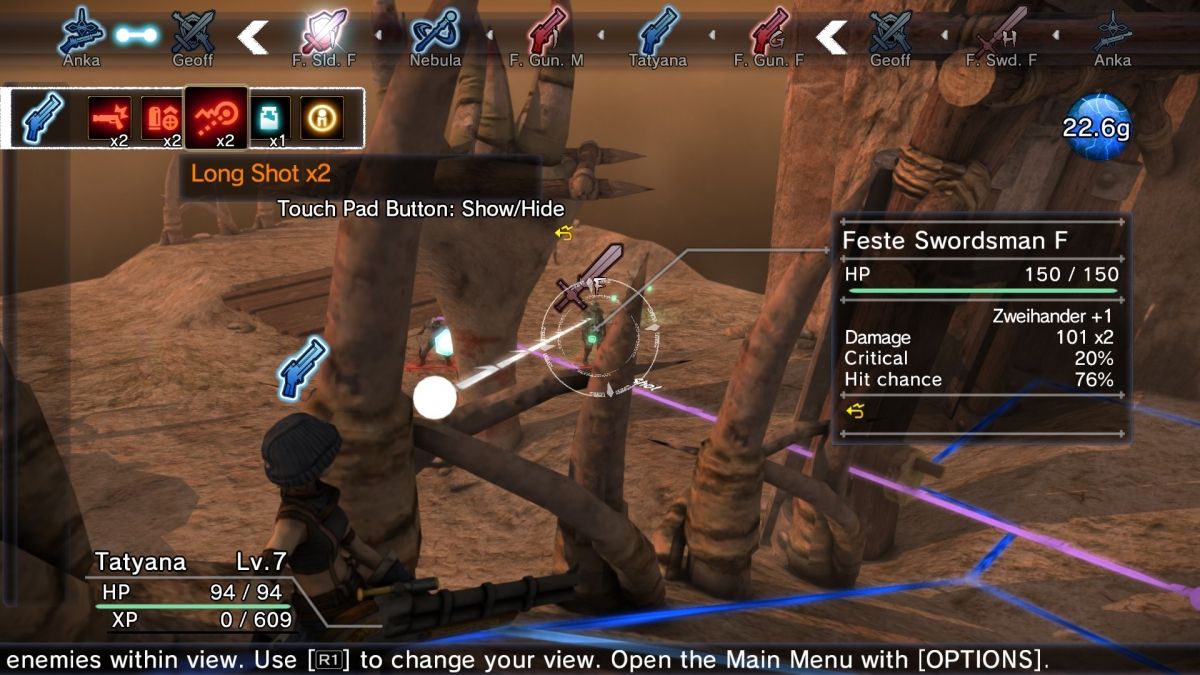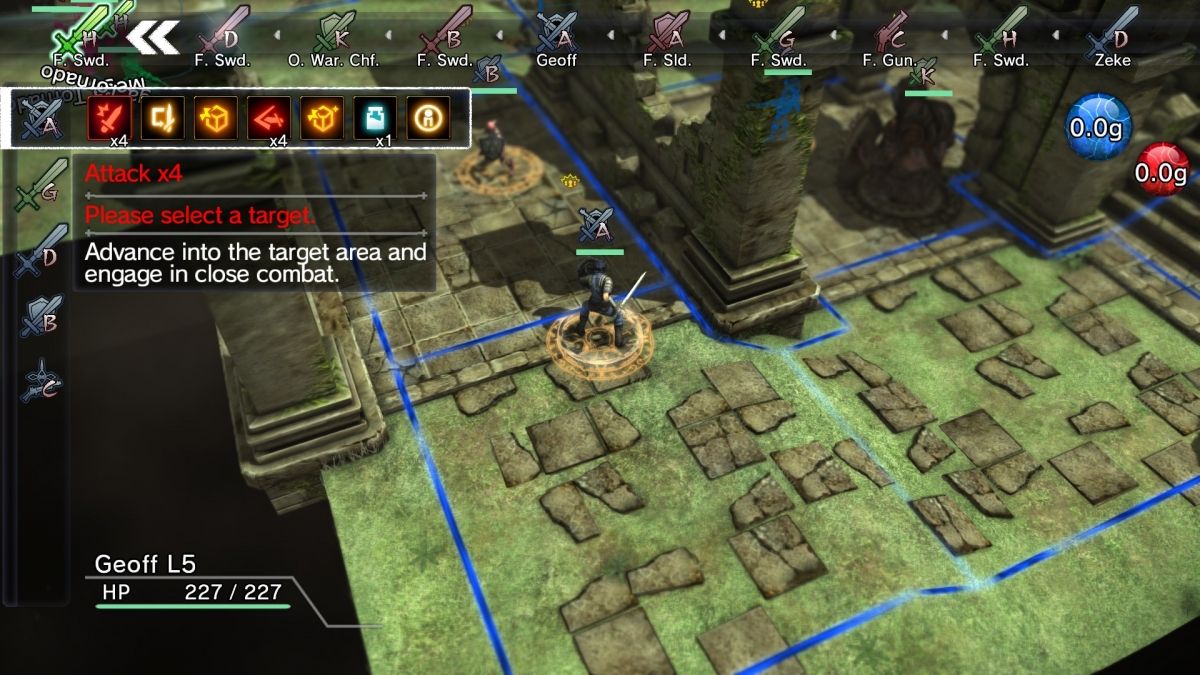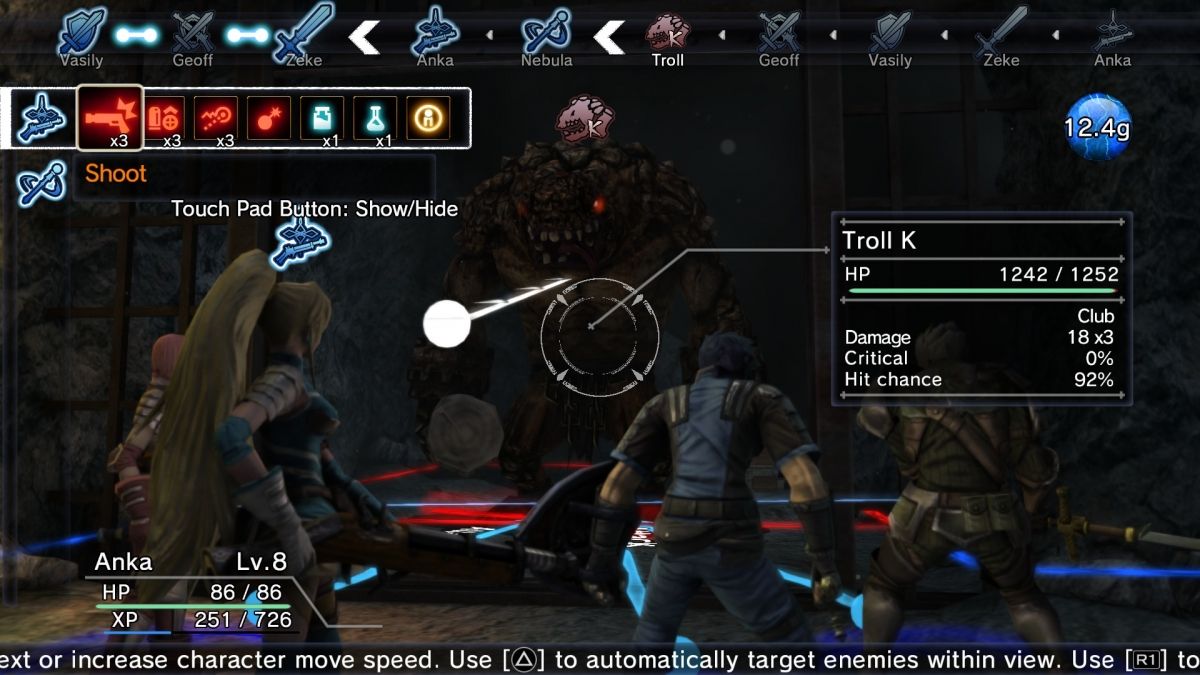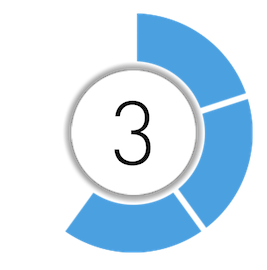When the director of an upcoming game goes on record to state that his forthcoming project is a combination of Dark Souls and Tactics Ogre, people start to have certain expectations. This kind of talk can be an effective marketing tactic, if the end-result is only to move units off store shelves and nothing else, since living up to such hype is nigh impossible from a practicality standpoint after such standards have been placed on the endeavor, intentionally or even inadvertently. Suffice it to say, then, that Kadokawa Games and NIS America’s latest tactical RPG Natural Doctrine joins the ranks of this year’s Watch Dogs and Destiny as yet another game falling victim to a buildup that never allowed it to flourish in the way it could have in the first place. Even still, taking Doctrine on its own merits alone, this is a disappointing JRPG affair, made all the worse by it also being the first of its kind on the PlayStation 4.
Natural Doctrine’s narrative construct is centered on the notion of kingdoms vying for control through the mining and exploitation of a valuable resource known as Pluton. From this minerals-race, we are thrust into a story starring Geoff, an up and coming soldier trying to earn his stripes through good old’ fashioned goblin-killing. He and his diverse crew set out in hopes of freeing up resources to help the race of humankind grow and prosper after years of civilization dwindling due to a variety of reasons. Alongside their mission is also the side objective of completing enough heroic deeds to gain entrance to the human’s last major city, Feste. Only those who are productive, contributing members of society can take up residency in the fortress-city. This is only a premise, and we won’t go any further for the sake of spoilers, as the story in Natural Doctrine picks up surprisingly fast.
Despite Kadokawa stating the game does not emphasize story – which is apparent at times, as most interaction and plot unfolds through flavor text in-battle or on the world map, and not through some kind of lengthy cutscene – there’s a pretty compelling tale here nevertheless. In fact, within the first few hours there is already a huge plot twist and decent character development. Throughout, the story maintains a decently brisk speed, doling out plot points at just the right times and delivering upon its more significant reveals in a way that doesn’t foreshadow events to the point of being predictable like so many JRPGs can. Things can get a little “trope-y” from time to time, though, so be warned that.
But again, Doctrine’s intent is not to give us the next award-winning story. It wants to break players, and to do that, it implements a gameplay structure that can be best described as a more conventional strategy RPG, a la Final Fantasy Tactics or Disgaea, meeting the new-trend of super punishing games in the vein of Dark Souls, Ninja Gaiden, or even something like 1001 Spikes. Because Doctrine’s combat is its chief concern, we’ll speak to that first. Players take turns with an enemy AI in placing troops and executing attacks. There are a number of attacks one can dish out, from basic assaults to skill-based specials that are character-specific, thus making the act of vanquishing foes an assorted one. But it’s not so much the attacks used that count in ND, it’s the lead-up, troop placement and thereby group-combination barrages that actually determine the outcome. While attacking individually is a tactic that can be used on the battlefield, it’s clearly not the approach the developers had in mind when they were figuring out what all were viable means of attack.
To that end, Natural employs a super rigid combination mechanic that is all but essential for success. And by “essential,” we mean the exact textbook definition of it; there’s no room for experimentation in this game, at all time’s Kadokawa Games wants players to use its extremely complex combo system, and any deviation from that spells certain death for players. See, Doctrine introduces something it calls a “Tactical Link” mechanic into the mix and relies on it through the game’s several dozen-hour adventure. With these, players gain vital attack bonuses and extra attacks that basically allow, if set up properly, all party members to attack on a single character’s turn, nearly guaranteeing the death of at least one foe. One has to manage some stats to warrant a huge combo, but with some micromanagement and number-crunching it’s doable. We can’t stress enough that learning to make the most out of this tactical link setup is crucial; without it, players will die – over and over again. Bad guys hit hard, they flank regularly, will play a game of stand-off if they think they are being bated into some kind of ambush and just generally are stubborn, pains in the ass.
What’s worse is enemies will take advantage of the link system, too. Regrettably, and especially in the early-goings, they are far more efficient with it and won’t hesitate to wipe players out in literally one turn. Now, this all would be fine if it felt like players and AI were on an even-playing field; but they’re not. Firstly, the link system is poorly explained that only between hours 10 and 15 did we fully understand the system. It wasn’t for a lack of trying, rather how little information is ever given about its nuanced workings. The game was retooled for this release, after there was a huge backlash about how difficult the game was upon release in Japan, and yet in this, the teams at work managed to still omit critical pieces of information on its most important feature.
Secondly, the game is not afraid to outnumber folks two- or even three-to-one. Therefore, anyone looking for a fair fight, or for the game to hold back, will rarely get it here, as Doctrine’s philosophy very obviously is overwhelm, kill, humiliate, repeat. This design ideology would be fine if players were given a leg to stand on; as-is, though, they are not – not even with the newly added difficulty option that can be toggled at any point. On that front, let us tell you: even the easiest difficulty is not easy. The poor level design doesn't help matters either; while it's clear levels are meant to have some kind of strategic depth, with objects and terrain to utilize for some kind of advantage, the layout and its flow doesn't allow for easy or effective use of these subtleties.
This all is compounded by Natural Doctrine’s tendency to punish exploration and creative solutions. Almost at all times, does this feel like a tactically-linear endeavor, with the developers clearly having one resolution in mind; if someone ever steers away from that intended path, or wants to experiment to see if they can finish a battle in their own way, they will be swiftly dealt with by way of immediate death due to the AI magically knowing that the desired formula to beat them has been strayed from, and consequently being charging players with reckless abandon, only stopping when folks are reloading their save point to try the fight all over again. There are no mid-battle save states, either, making the sometimes 45 to 60 minute encounters excruciating to play through again. And usually it won’t be just playing through a second time – it will be the fourth, fifth, or sixth time that breaks players and sends them into an unbridled rage.
Natural Doctrine tries to make up for some of this through character customization. In a way, it does, but only to a certain degree. The skill trees and ability to outfit champions with all sorts of skills and weaponry is robust yet accessible, making the in-between combat segments are a real joy to dive into. Being able to re-spec characters without any kind of in-game penalty is also nice since it gives the player some freedoms in how they can address a particular mission’s enemy force. But where there’s room given to the player here, it’s taken away in the overworld map. This is a point-click-arrive, no free-roaming affair. Some people will baulk at that, others will recognize it as the developer’s further emphasis on getting players into combat as quickly as possible.
In spite of all this, Doctrine sports a multiplayer component to boot. There’s a co-op mode that lets players team up with one another person to tackle MP-specific quests, in addition to a competitive mode. The co-op went off without a hitch and really was a delight, if for nothing else than to empathize another’s pain and share in the misery of getting one’s ass whooped with another human being. The competitive aspect is quite a bit different; it’s not a straight-forward head-to-head experience like one might expect. No, instead it’s a collectible card game of sorts that has players earning new unit cards to field and overtake another’s. It wasn’t all that engaging in the end, but its mere existence is pretty cool seeing as tactical JRPGs so very rarely offer any kind of multiplayer support. Alas, there is no local play, so be mindful of that.
Because ND will be available for Vita, PlayStation 3 and PlayStation 4, it’s clear that its technology is limited. This “cross-platformization” in turn makes the game not a particularly great-looking one. Therefore, Natural Doctrine is not a game high on the presentation charts; its audio is fine, and the English voice-overs are surprisingly really well done, but the aesthetics leave something to be desired, what with angular character models, stiff animations, low-rent texture work and same-y environments that are painted in browns and greens. Thankfully, the game plays pretty much the exact same across the PS4 and Vita (we didn't get a chance to test the PS3 version), so at least there was a reason for scaling things back. But being on three systems does, in fact, let it utilize the cross-save and cross-play function (though not cross-buy), making it a great game to play at home or on-the-go, even if it is not especially digestible in scope and play.
Closing Comments:
Natural Doctrine is an exhausting game. It’s punishing, unfair at times and hell-bent on funneling players through a narrow corridor that leaves little-to-no room for tactical experimentation. That being said, it has its moments. In fact, when it’s being nothing other than an average JRPG, it can be an enjoyable experience, with moments of real reward. But there’s a requirement to get in its door: be a masochist, and don’t expect it to live up to its Dark Souls/Tactics Ogre comparisons.
Version Reviewed: PlayStation 4

